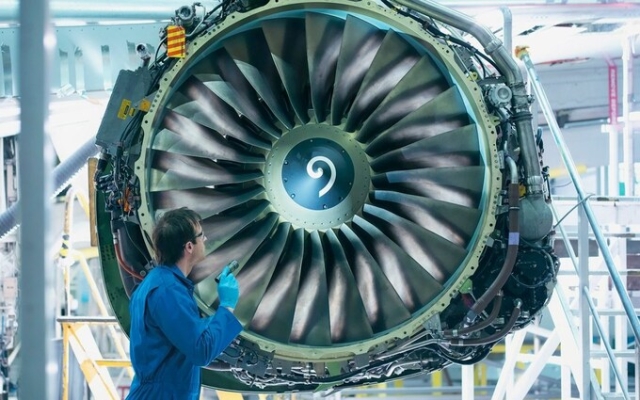 CFM had to audit more than 500 suppliers to try to figure out which products might be affected by the crisis
CFM had to audit more than 500 suppliers to try to figure out which products might be affected by the crisis
What started was simply a faulty part, discovered at a Portuguese repair center has become a crisis.
The global aviation industry is grappling with a counterfeit parts scandal that has airlines and regulators scrambling to evaluate engines and track equipment.< /p>
The emergency has led to flight cancellations and prompted legal action amid allegations that a former DJ living in the south of England was at the center of a plan to distribute old parts under false documents.
The counterfeit parts scandal began in August when European aviation regulators circulated a document asking airlines and their suppliers to investigate faulty engine parts.
Two months later, the true scale of the problem is becoming clear: TUI, Virgin Australia and almost every major US carrier are embroiled in a crisis that has resulted in grounded aircraft and flight delays as operators try to weed out bogus components of unknown origin.
Two Virgin Australia planes were taken out of service in September, and earlier this month US giant Delta said a «small number» of its engines would require major overhauls. TUI said it found one part, which it then removed.
At the center of the scandal is AOG Technics, a UK-headquartered company founded and owned by 35-year-old Jose Zamora Irala.
Zamora was accused by US engine manufacturer General Electric and its French business partner Safran of large-scale fraud that , they claim, has led to the installation of counterfeit or old parts in more than a hundred engines.
His company is accused of falsifying records supplied with aircraft components to show they are real. CFM, the engine joint venture between GE and Safran, is currently suing AOG in the UK High Court.
Zamora is defending the case.
Verification documents are important due to strict specifications airline details. Motor modules must withstand temperatures at which many materials can melt, and even major parts must be certified.
Because of these requirements, even a bolt can cost thousands of pounds to hold the engine in place. As a result, the airline parts market is becoming very lucrative.
Since 2015, Zamora has infiltrated the complex network of companies and decision-makers that move billions of pounds worth of airline parts around the world.
Business associates who worked with him outside of AOG and who were willing spoke to The Telegraph, describing a savvy operator who was fun to interact with.
Zamora, a Venezuelan, began his aviation career in 2010 as account manager at AJW, an engine services company, according to Bloomberg.
A keen techno DJ, he has also performed live as recently as 2018, according to the Daily Mail.
Zamora founded AOG in 2015 in a rented terrace house in Hove on the South Coast.In its early years it appeared to be on a small scale, with the company's registered address moving between four houses over the next three years, and in 2017 moved from Hove to London. The company was then registered at serviced offices in central London.
Friends say they have not spoken to Zamora for several months as he begins his defense at London's High Court.
AOG's website is available offline, but cached versions say the company offered a «diverse portfolio of quality products and services.»
«With our UK head office and warehouses in London, Frankfurt, Miami and In Singapore, we are uniquely positioned to support our customers around the world – 24 hours a day, 365 days a year,” the website says. “We help our customers fly.”
The company's phone line is still connected, but only plays endless music.
AOG is believed to have sold primarily small jet engine parts such as bolts, nuts, washers, dampers and seals. The parts do not have serial numbers and are therefore harder to track.
Worryingly, some of the larger parts appear to be linked to the scandal. Some turbine blades were also identified as suspicious by CFM.
CFM believes AOG was passing off old parts as new.
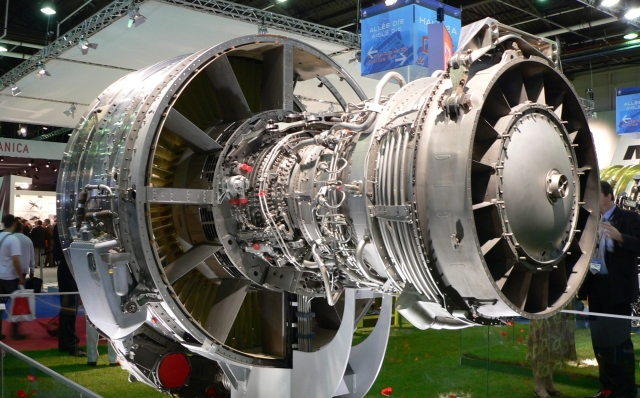 AOG is believed to have been selling mainly small jet engine parts such as bolts, nuts, washers, dampers and seals
AOG is believed to have been selling mainly small jet engine parts such as bolts, nuts, washers, dampers and seals
Steve Borrowdale, managing director of Multiflight, a Leeds-based engineer and parts supplier, says it is difficult to sneak parts into a jet engine difficult.
After checking the seller for experience and certification, the buyer should also carefully inspect the part from the new supplier.
“You take the box and look, just for simple things. If a brand new part arrives in an unidentified box, you may have doubts.”
Choosing parts without serial numbers may make it easier to falsify documents, he says, but it still requires more effort. skill.
“You can’t just take a newbie off the street and start selling these things, you will need to get training somewhere.”
According to Companies House filings, AOG grew slowly from 2015 to 2019, when the company had net assets of £22,000.
By the start of 2020, it was worth £2.2 million. The breakthrough came when the company won a deal with logistics firm B&H Worldwide to distribute parts from its Frankfurt hub.
“The two companies had previously worked together to export to Europe and the US from the UK, but this is the first time they are collaborating in continental Europe,” the couple said in a press release in 2020.
According to the documents, AOG's monetary success came before the Covid lockdown that year. The pandemic grounded flights and was a disaster for the airline industry.
However, the lifting of lockdowns sparked a resumption of international travel and a rush to keep planes and parts safe amid delays at factories.
The ensuing scramble for parts would become an ideal breeding ground for unscrupulous sellers,” said Borrowdale.
“After Covid, raw materials are becoming increasingly difficult to hold on to,” he said.
The supply of aviation parts is handled through a complex network of thousands of often small manufacturers, brokers and distributors. Manufacturers and operators are highly regulated and largely responsible for organizing the documentation that accompanies every aviation part, from computers and fuselage panels to propeller housings and washers.
CFM had to check more than 500 suppliers to try to find out which items might be affected by the crisis.
The parts identified so far in the counterfeit scandal are not considered the most sensitive components, known as limited-life parts. which operate under the highest stress conditions in a jet engine and are carefully monitored by manufacturers during operation on the aircraft.
However, even tricky fastenings take lives.
Partnernair Flight 394 crashed off the coast of Denmark in September 1989, killing all 55 passengers and crew after its tail fin was torn off. Three of the four bolts holding the stabilizer in place were counterfeit and weaker than those intended for the aircraft. Investigators later learned that loose bolts and other maintenance problems caused vibration that caused the rudder to malfunction and break.
Following this incident and other counterfeit parts scandals, Mary Schiavo, who was inspector general for the U.S. Department of Transportation, led a campaign against the sale of unapproved aircraft parts in the early 1990s and helped secure more than a hundred criminal charges.
She found counterfeit components made by manufacturers who had lost their manufacturing certifications, old equipment being passed off as new, defective parts with altered labeling, and outright counterfeits that were never intended for aviation use. Mostly, bad parts still fall into those categories, she said.
Unapproved parts were even found in part of the fire control system on Air Force One in 1995, she said.
«Literally, if it's on a plane, it could be counterfeit.»
Following her investigation, various reforms were introduced, including an alert system to flag suspicious components.
“I have had cases where counterfeit parts have resulted in deaths. The safety of the lives of flying passengers is at stake.”
While aircraft and engine manufacturers, pilots and airline companies are strictly regulated, distributors are not, she warns. She pushed for tougher rules in the 1990s but was ignored.
The High Court case against AOG began on September 21 and is ongoing.
The UK Civil Aviation Authority said it supported The US Federal Aviation Administration and the European Aviation Safety Agency are investigating the matter.
A CFM spokesperson said: “We are working with operators to ensure they can promptly remove unauthorized parts from their engines in accordance with guidance issued by regulators.” .
“We remain united with the aviation community in working to keep unapproved parts out of the global supply chain.”
B&H has been contacted for comment. . Zamora has been approached for comment by friends and his lawyer.







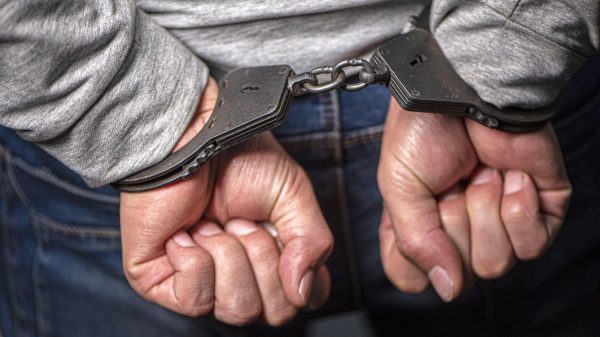


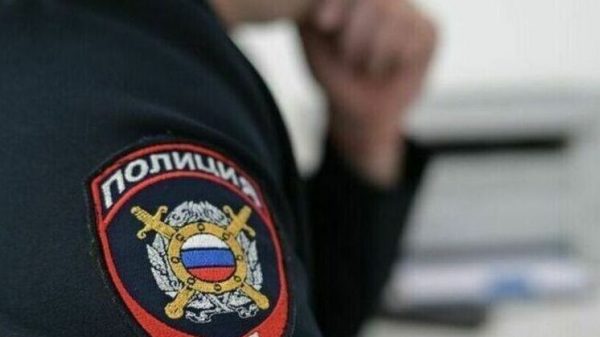


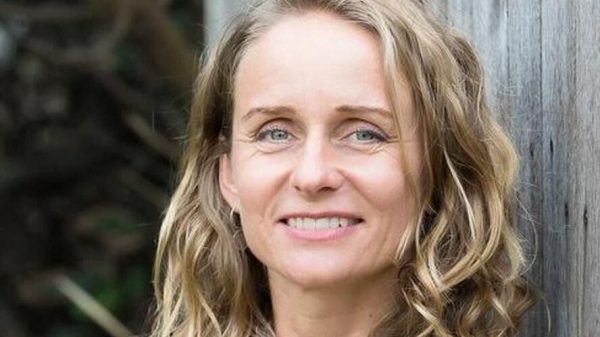






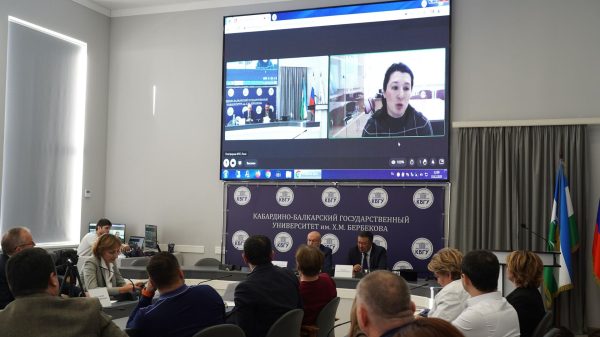
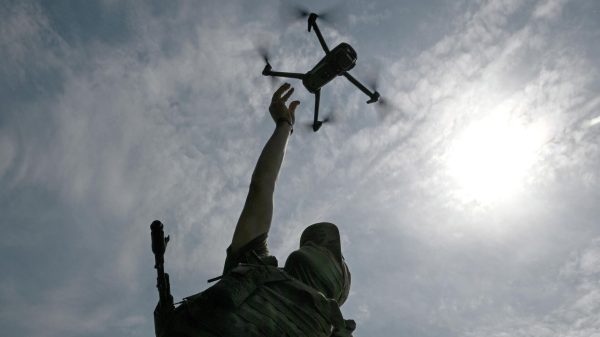













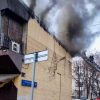
















Свежие комментарии